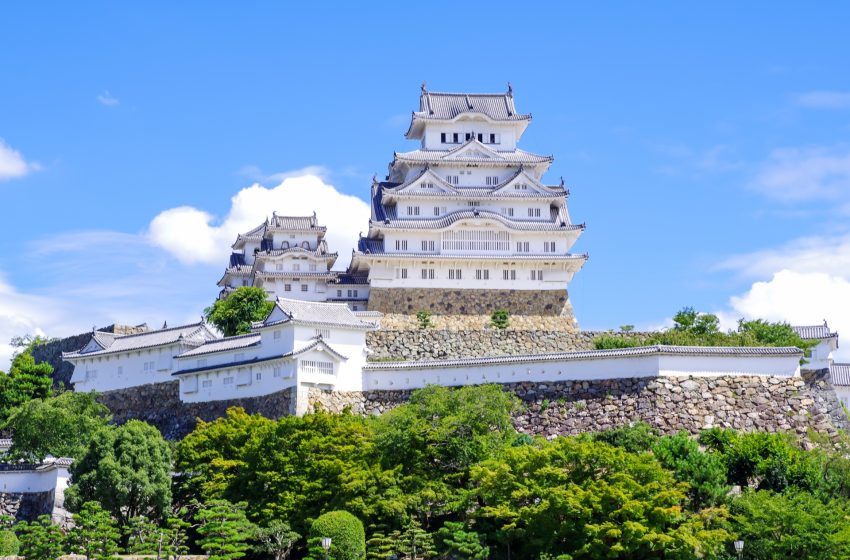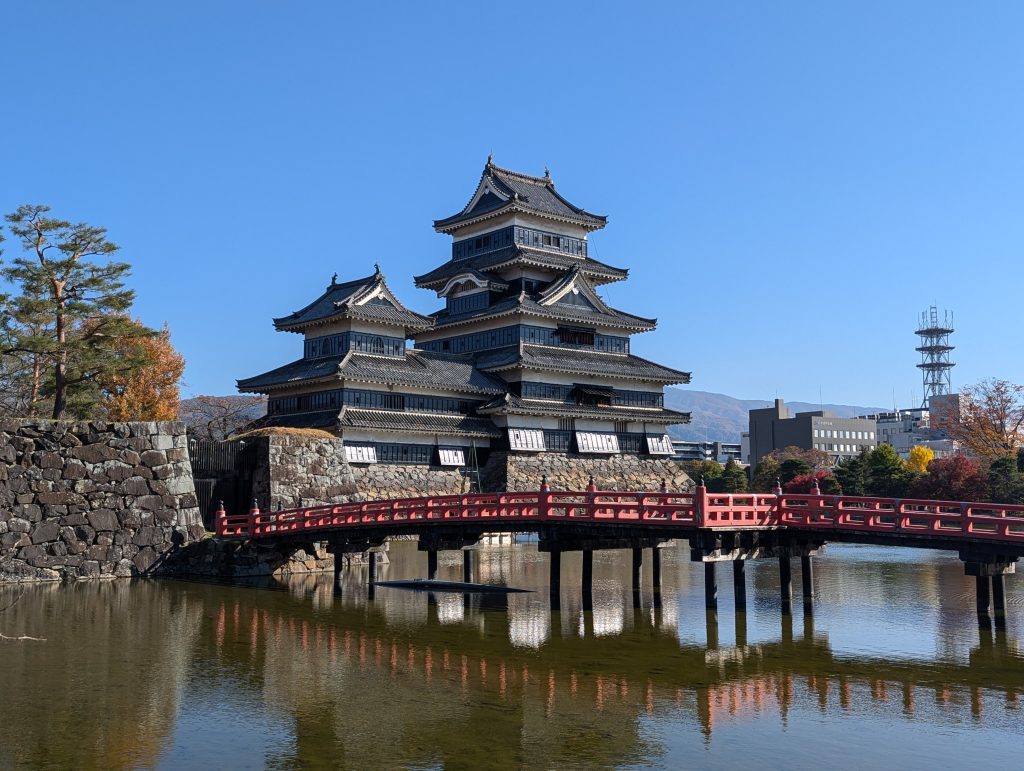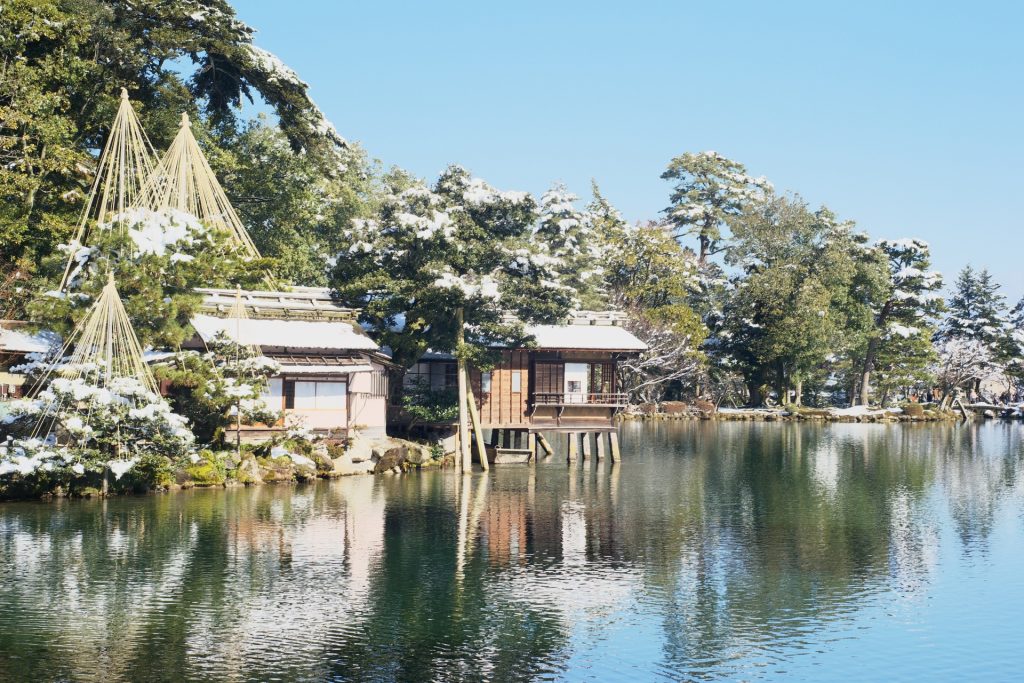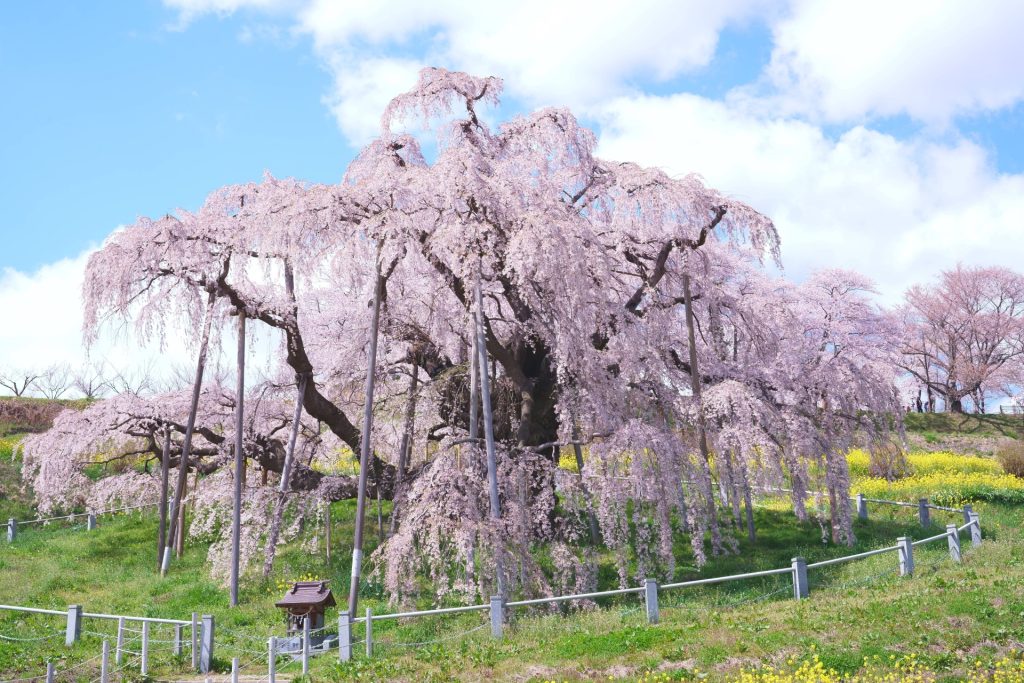
Himeji Castle: A Journey to Japan’s Majestic White Heron
Hello, history aficionados and architectural enthusiasts! Today, we’re embarking on a virtual tour of one of Japan’s most magnificent cultural treasures – Himeji Castle. Nicknamed “Shirasagi-jō” (White Heron Castle) for its brilliant white exterior and graceful birdlike appearance, Himeji Castle is not only a stunning example of classic Japanese castle architecture but also a window into the rich tapestry of Japan’s feudal past.
Discovering Himeji Castle
Located in Himeji City, Hyogo Prefecture, Himeji Castle is widely considered one of the most beautiful surviving castles in Japan. It’s a masterpiece of construction, showcasing the pinnacle of Japanese castle design and defensive capabilities.
A Glimpse into History
Himeji Castle’s history spans several centuries, with its origins dating back to the early 14th century. The castle as it stands today was completed in the early 1600s, having survived the tumultuous periods of feudal Japan, including the Meiji Restoration and both World Wars. Remarkably, it remains largely intact, making it an invaluable link to the past.
Architectural Marvel
The castle is renowned for its complex and effective defensive design, featuring a network of 83 buildings including gates, watchtowers, and storehouses, all connected by a series of winding paths and walls designed to confuse and slow down potential attackers. The main keep (tenshukaku) stands six stories high, offering breathtaking views of the surrounding city and countryside.
The Beauty of Himeji
Himeji Castle is not just a defensive structure; it is also a thing of beauty. The white plastered earthen walls, designed to protect the castle from fire, give it an elegant appearance, complementing the intricate woodwork and tile roofing. The castle is especially stunning during cherry blossom season, where its white facade contrasts beautifully with the soft pink of blooming sakura.
Visiting Himeji Castle
- Guided Tours: To fully appreciate the castle’s history and architecture, consider joining a guided tour.
- Cultural Events: The castle often hosts various cultural events and festivals, offering a glimpse into Japanese traditions and history.
- Gardens: Don’t miss the Koko-en Gardens, located next to the castle, featuring nine beautifully landscaped Edo-period style gardens.
- Photography: The castle’s grandeur provides a perfect backdrop for photography enthusiasts.
Preservation and Recognition
Himeji Castle was one of the first UNESCO World Heritage Sites designated in Japan and is also a national treasure. Ongoing preservation efforts ensure that it remains in excellent condition, allowing visitors to experience its splendor as if they’ve stepped back in time.
Practical Information for Visitors
- Access: Himeji Castle is easily accessible via train, being a short walk from Himeji Station.
- Opening Hours: The castle is open to visitors year-round, with extended hours during the cherry blossom season.
- Admission Fees: There is an admission fee to enter the castle, with discounts available for students and children.
Conclusion: A Must-Visit Historical Gem
Himeji Castle stands as a symbol of Japan’s rich cultural heritage and architectural ingenuity. It’s a must-visit for anyone interested in Japanese history, architecture, or simply looking to experience the beauty of one of Japan’s most iconic landmarks.
As you stroll through its halls and gaze out from its towering keep, you’re not just seeing the view – you’re peering into the soul of feudal Japan.
Happy travels and enjoy the timeless elegance of Himeji Castle!




